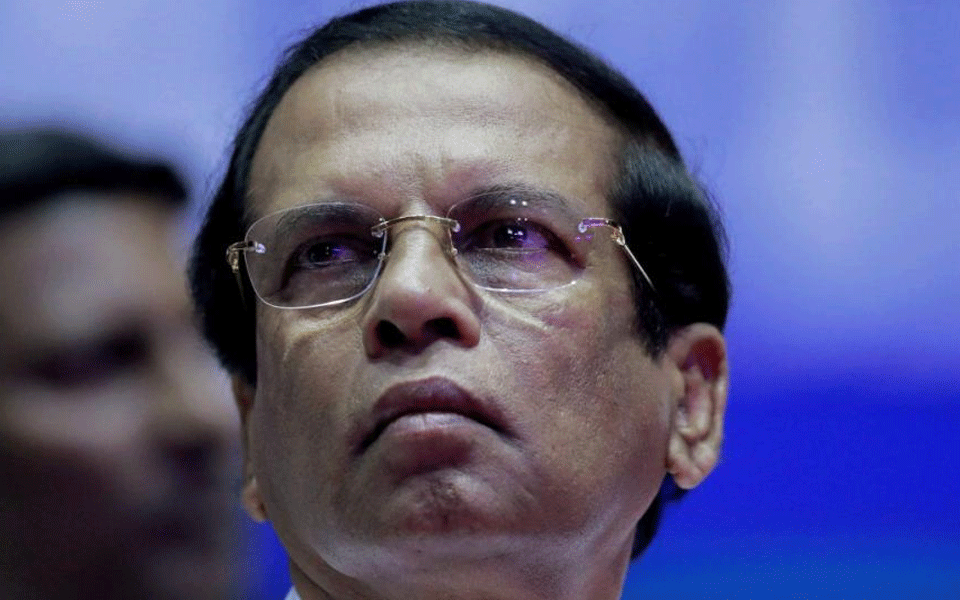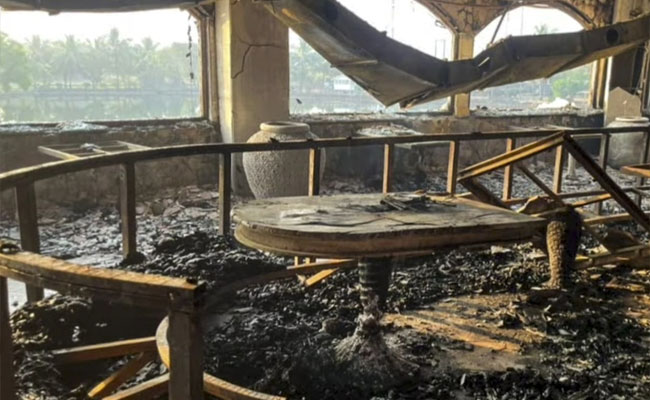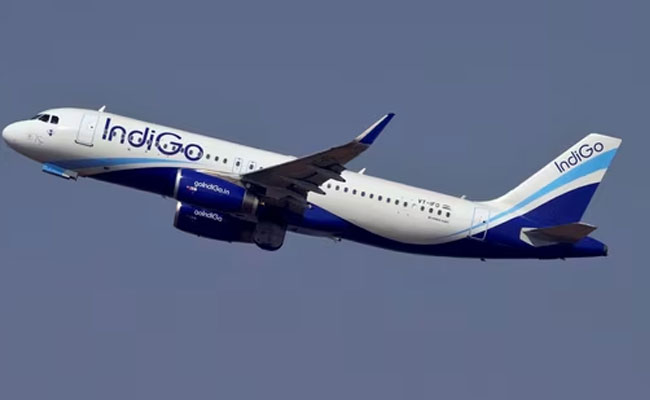Colombo: Sri Lankan extremist Zahran Hashim, said to be the top leader of an IS linked local militant group that carried out the Easter Sunday bombings, died in the blast at the Shangri-La hotel, President Maithripala Sirisena said Friday.
Hashim, the head of extremist group National Tawheed Jamath (NTJ), led the attack on the hotel and was accompanied by a second bomber identified as Ilham Ahmed Ibrahim. Hashim was killed during the bombings, the president told reporters here.
The president said the information came from military intelligence and was based in part on CCTV footage recovered from the scene.Hashim appeared in a video released by the Islamic State group after they claimed the bombings, but his whereabouts after the blasts were not immediately clear.
In the video, the round-faced radical cleric was seen dressed in a black tunic headscarf and posing with a rifle.Hashim was believed to be 40 years old and a loner. He hailed from the east coast region of Batticaloa. He was a college drop-out and hailed from an average Muslim middle-class family.
India's National Investigation Agency during its probe into an ISIS-inspired module planning to kill prominent leaders in south India had stumbled upon videos of Hashim, which was indicative of a terror attack on the Indian High Commission in Colombo.The videos showed Hashim asking youths from Sri Lanka, Tamil Nadu and Kerala to establish an Islamic rule in the region.
After further investigation which included cyber trailing of some of the accounts associated with the ISIS, India's central security agencies had shared an input with their Lankan counterparts about the churches being the likely target of the ISIS module.
Let the Truth be known. If you read VB and like VB, please be a VB Supporter and Help us deliver the Truth to one and all.
Erode (Tamil Nadu) (PTI): Police declined permission to hold TVK chief Vijay's public meeting in Erode on December 16, after former minister K A Sengottaiyan, who recently joined the party, submitted a petition on Sunday, sources in the department said.
Erode is the home turf of Sengottaiyan, a nine-time MLA and former minister, who joined the actor-politician's party after being expelled from AIADMK. The meeting would have been an opportunity for him to prove his strength in organising a meeting of this scale.
Speaking to reporters here, he said, "The TVK chief will visit Erode on December 16 and address a public meeting in a private land near a marriage hall".
The former minister also submitted a petition to the District Collector S Kandasamy seeking permission for the meeting. Later, he submitted a copy of the petition to the officials in the District Police Office.
Following this, A Sujatha, Superintendent of Police, inspected the seven-acre site in the Pavalathampalayam area on Erode-Perundurai Road where TVK wanted to hold the meeting.
Later, police officials told the media that TVK's petition stated that they expected a 70-thousand strong crowd. The site proposed by them is quite inadequate to accommodate that much crowd and their vehicles and hence permission was declined, they added.
The officials also said that the decision was communicated to Sengottaiyan, and he was asked to choose a different spot.





